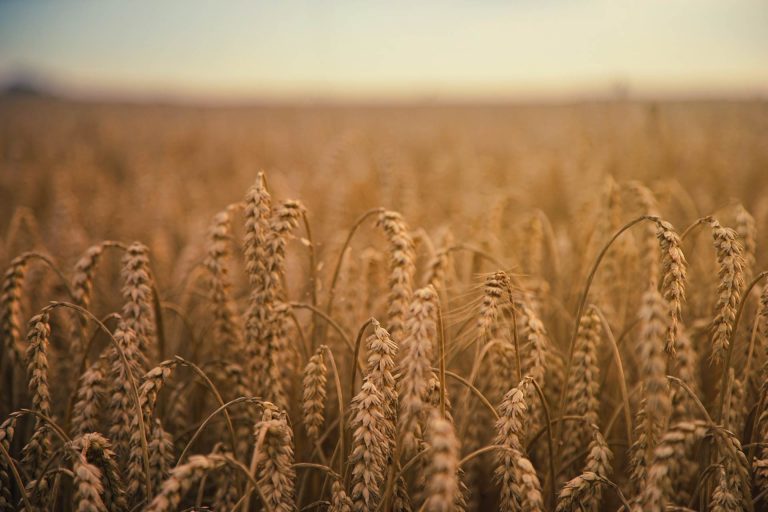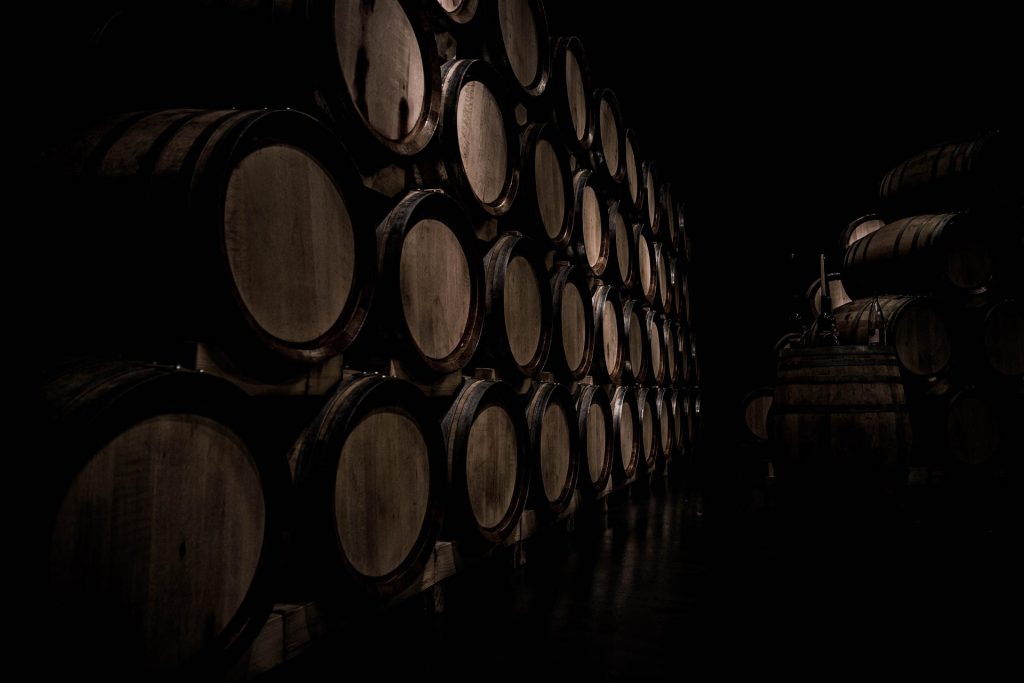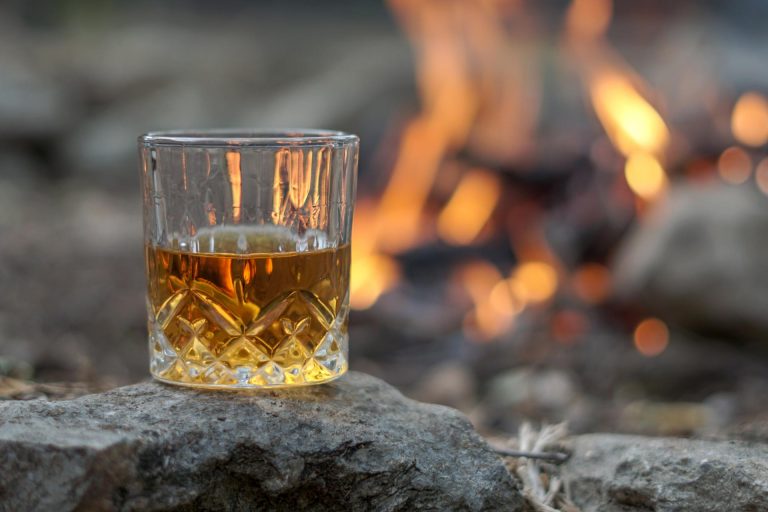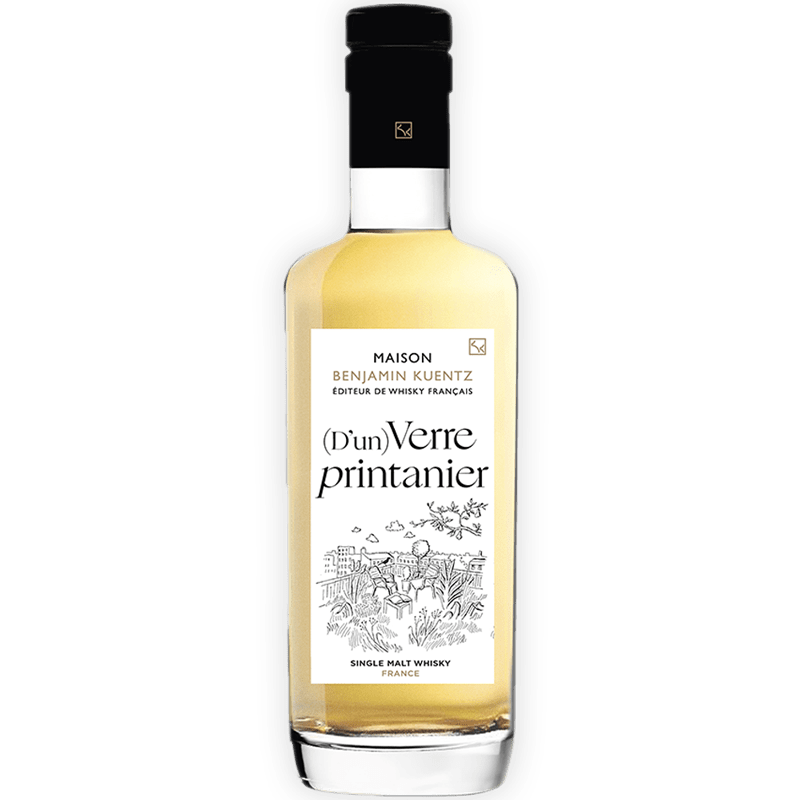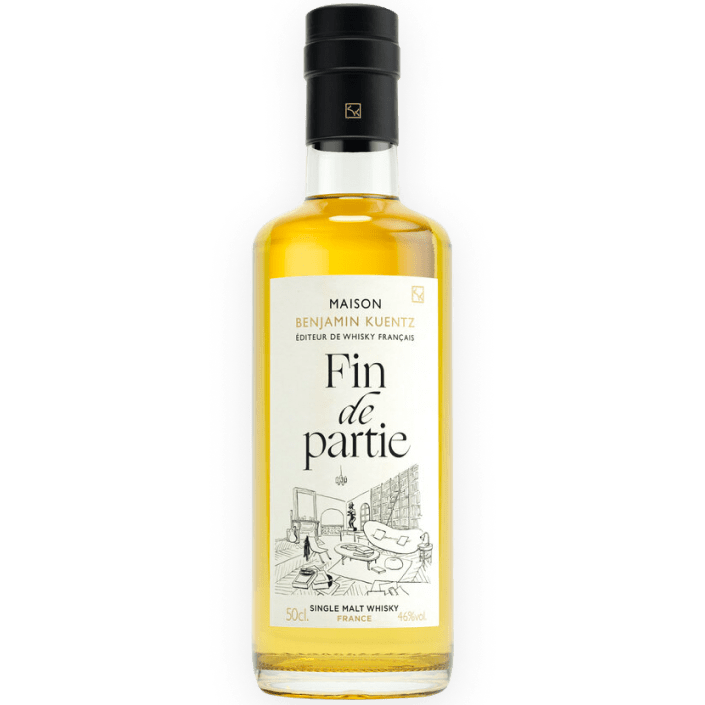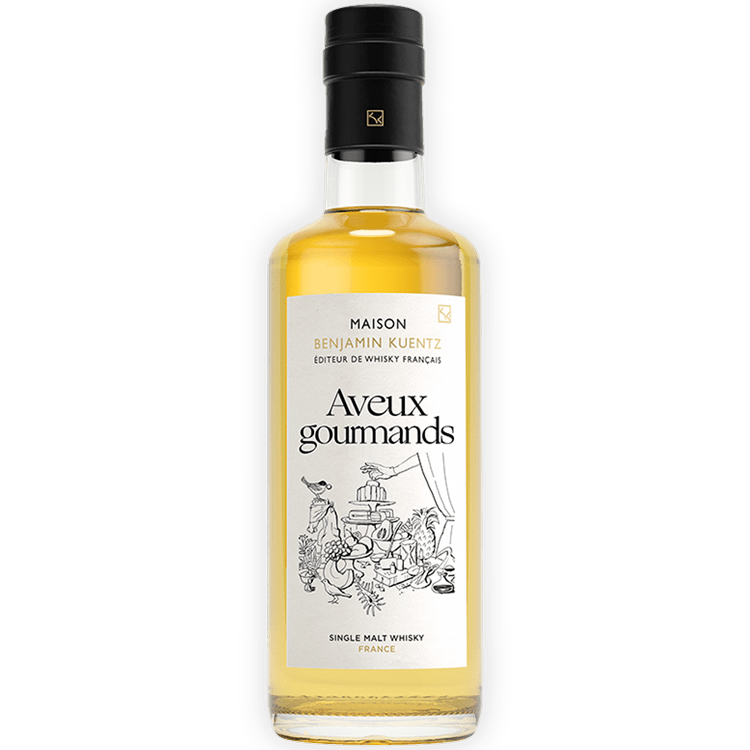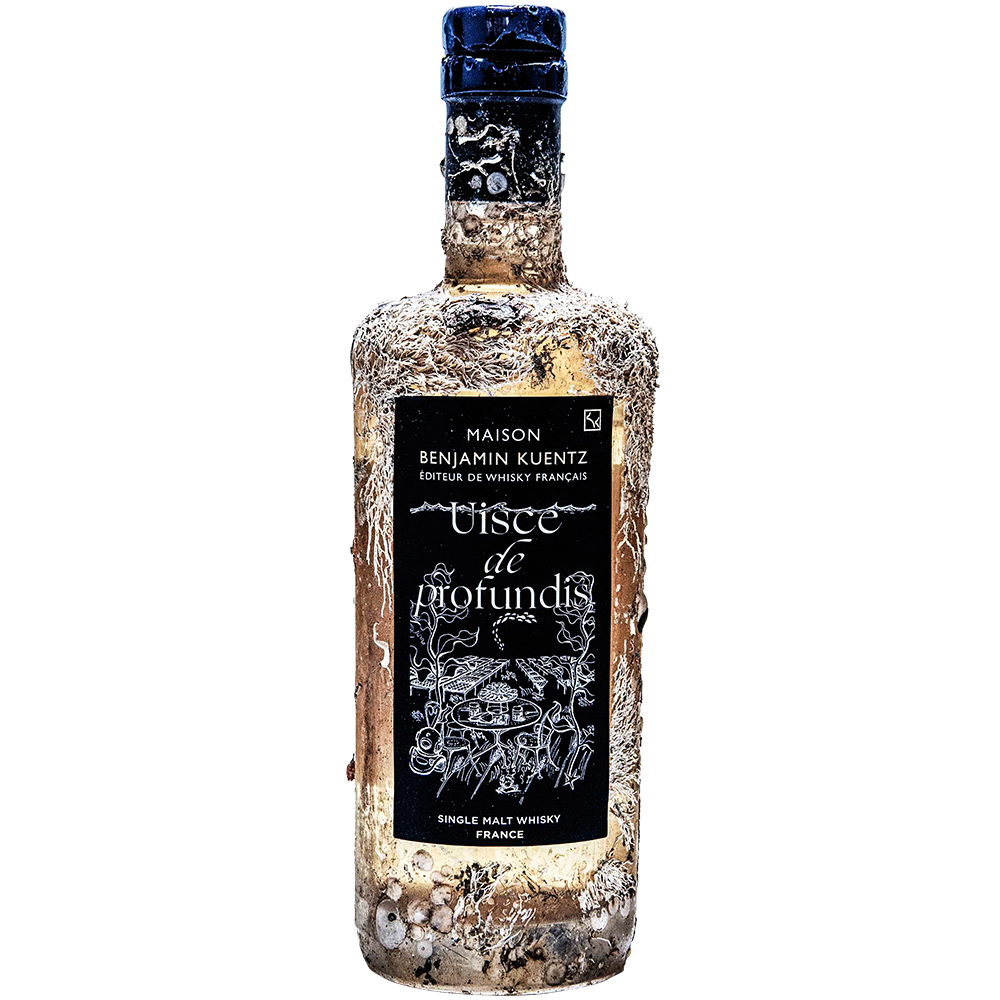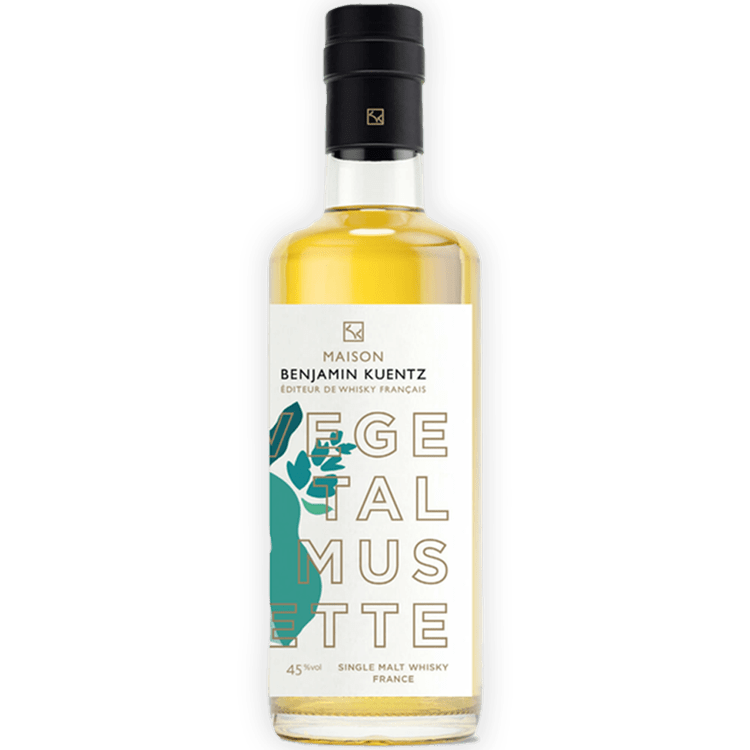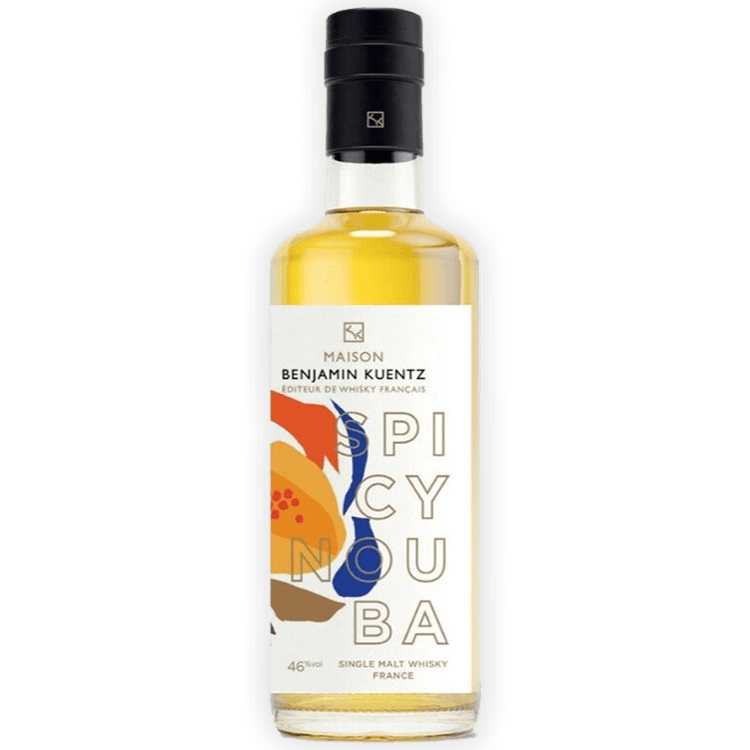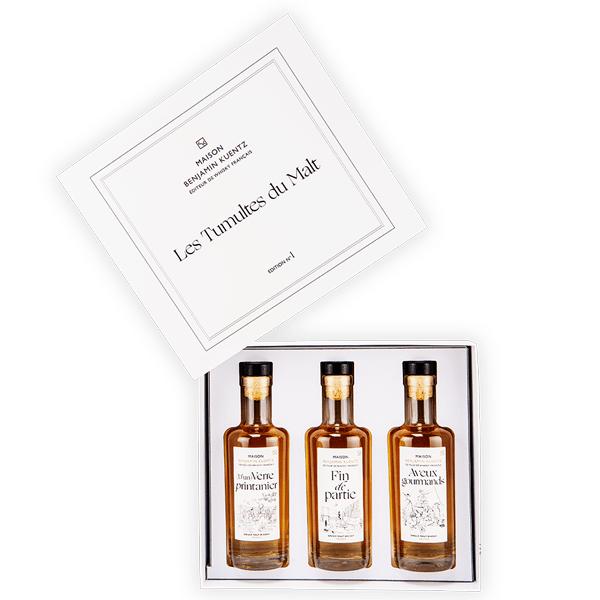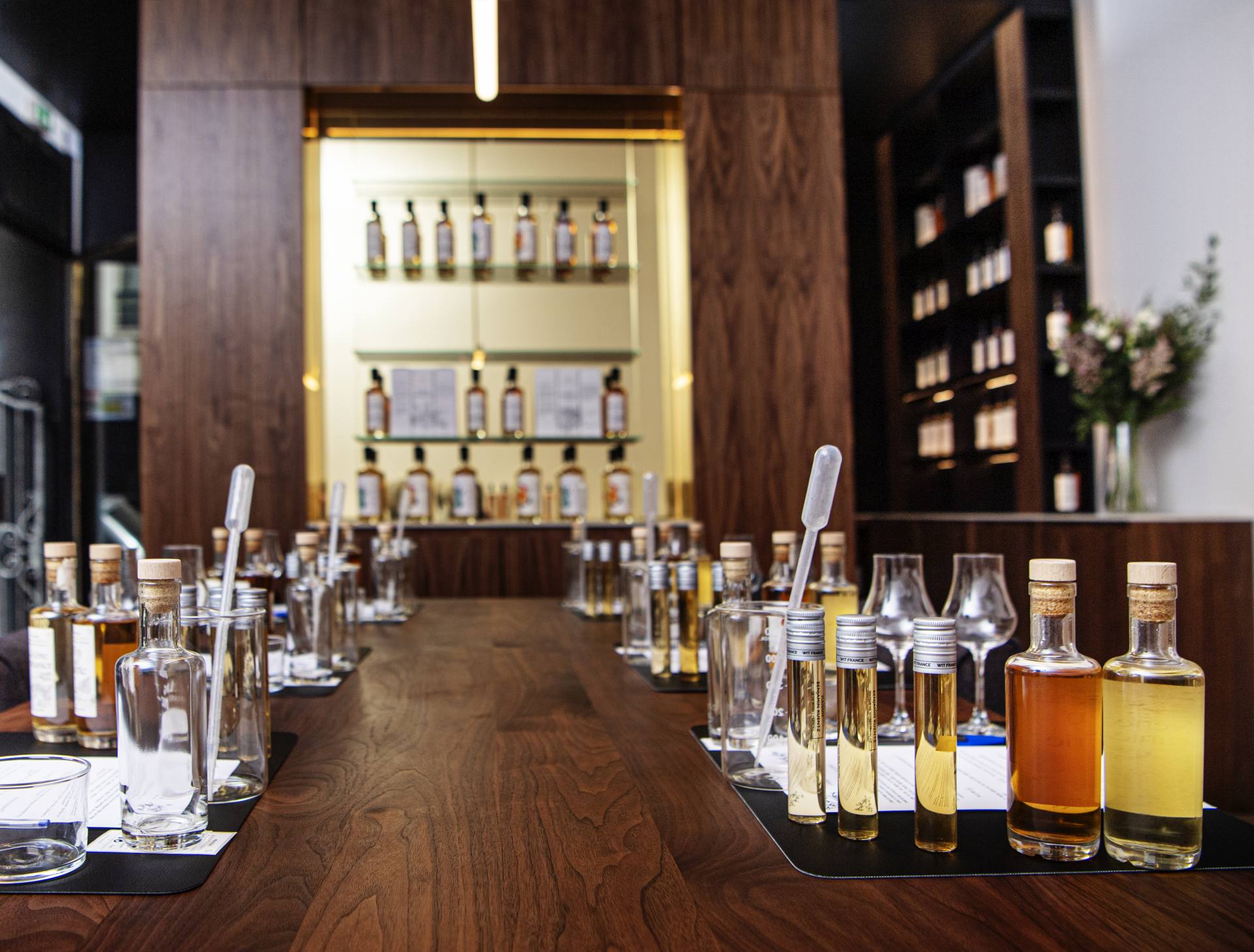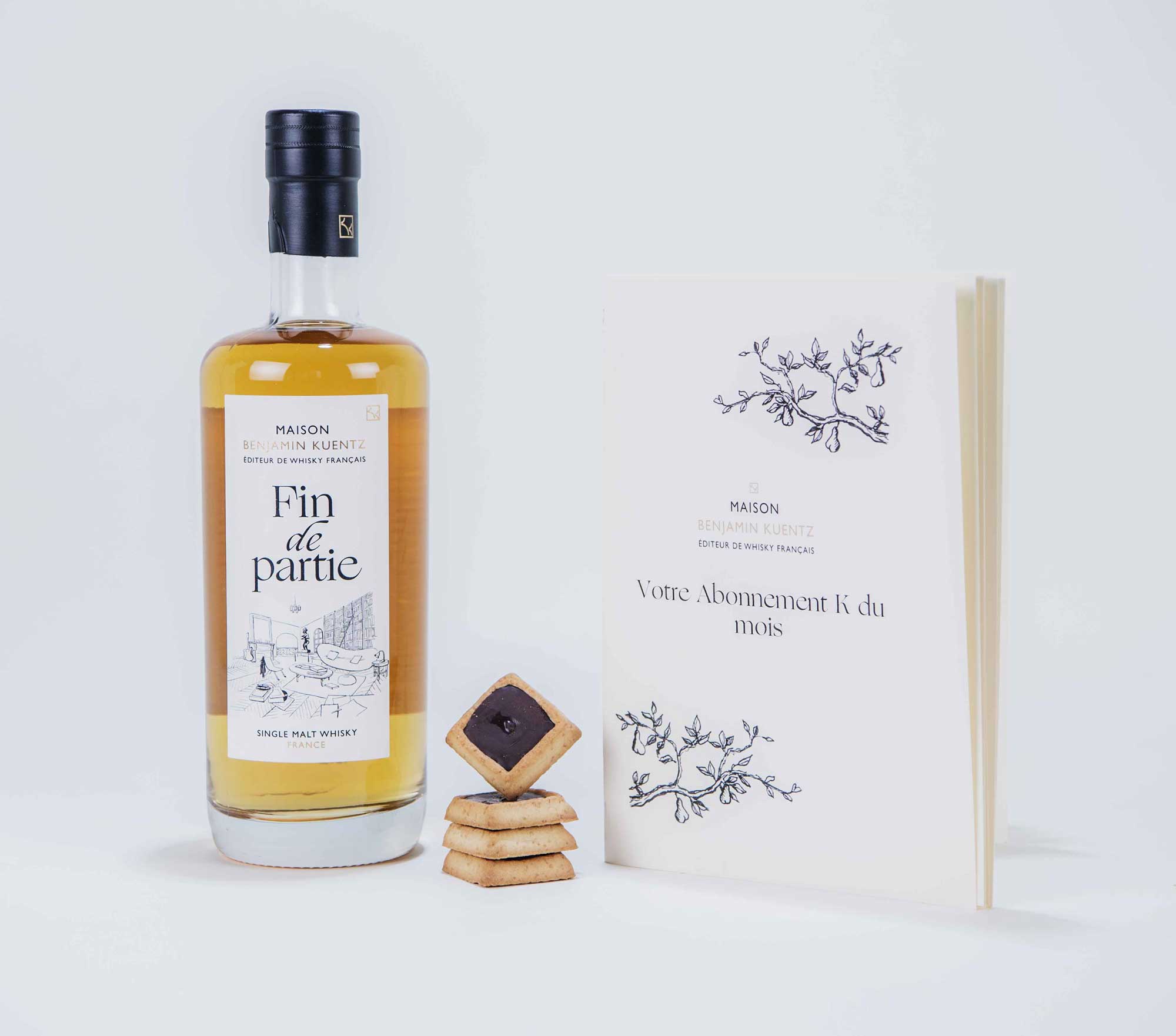Wines and spirits owe their existence to FERMENTATION, which is essential for the elaboration of the lightest beers and the most powerful and peachy raw whiskies. But what is it about? Why is this step important for obtaining a brandy? It is the fermentation that allows the vegetable: the fruit or the cereal, to become ALCOHOL, by the action of yeasts.
Once the malting is done (… Don’t hesitate to read my last article to learn more about it !), the wort, which is the sweetened wort recovered after the first toasting, is cooled down to around 20°C and then stored in a tank called WASHBACK.
Selected yeasts are then added. These feed on the so-called fermentable SUGAR obtained during the malting process. The WASH, the name given to the mixture, allows the yeasts to change the sugar into alcohol and carbon dioxide: the temperature rises from 20°C to 35°C, the wash then starts to boil, and releases bubbles of carbon dioxide. Be careful, however, to control the temperature: if it is too high, above 35 degrees, the yeasts no longer have an ecosystem that is conducive to their work, and therefore to fermentation.
This is the reason why AGITATORS, nowadays mechanical arms, constantly stir the wash, so that its temperature does not reach a too high degree for the yeasts.
Fermentation takes about 40 to 60 hours.
At the end of the process, we obtain a “malt beer”. And yes! All the previous stages are common, except for a few details, to those of the elaboration of a beer, of which the whisky is only the distillate, aged then three years minimum, in wooden barrels. This liquid, containing 6 to 8% alcohol by volume, is then stored in a tank called WASH-CHARGER, while waiting for its distillation, which I will detail in a future article.
The role of yeast
In addition to producing a quality wash, allowing to obtain the much sought-after alcohol, the yeasts participate in the elaboration of a unique aromatic palette, producing esters.
These esters are at the origin of the fruity, floral and acidulous flavours; these so-called “primary” aromas, present in most whiskies whose elaboration has not integrated smoked or peated malt, which can take over these fine notes. Two types of yeast can be distinguished:
– The so-called NATURAL yeasts, or indigenous yeasts, which are naturally found on cereal grains. They are sometimes used in the manufacture of beer, but remain little used by distillers or brewers because of their fragility, despite their aromatic richness. – The so-called CULTURE yeasts, bred in the laboratory from natural strains. They are preferred by craftsmen because they allow them to control the fermentation process: the concentration of alcohol and the production of specific aromas.
A parallel can be drawn here with wine, by the way. Where conventional, organic or even biodynamic winegrowers use mainly cultured yeasts, natural wine producers prefer the natural fermentations permitted by the indigenous yeasts present on the grape skin. Fermentations are then less “controlled”, leaving nature to decide on certain aromas and textures taken on by the wine… But the wine is no less interesting, and all the more alive!
